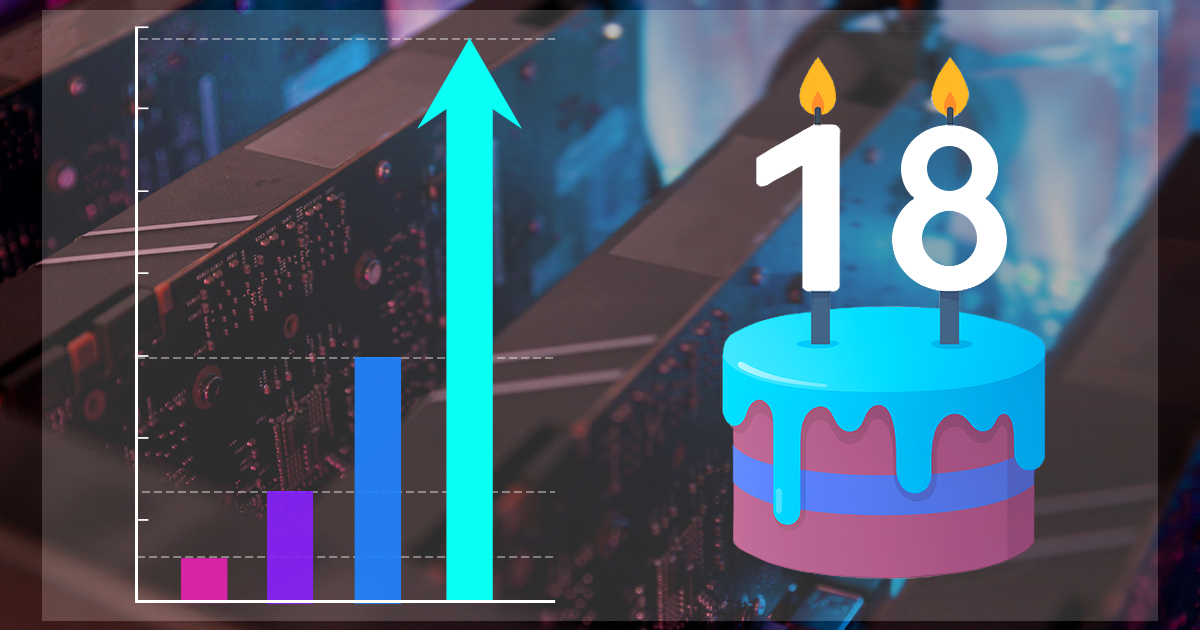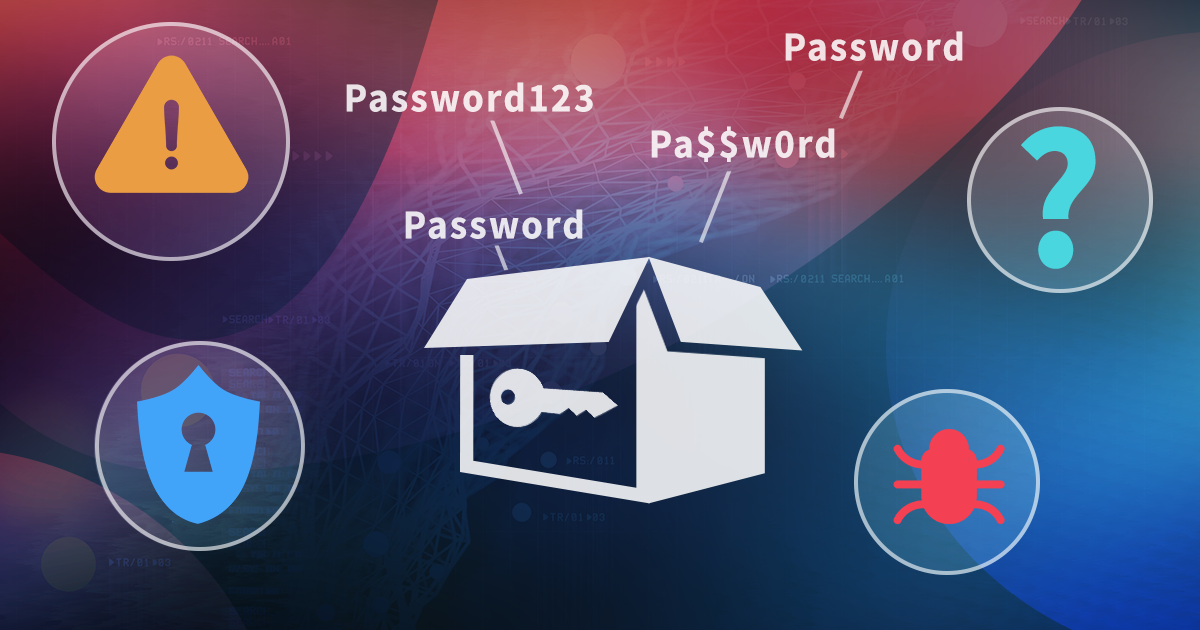Just a week ago, we published an article about NVIDIA’s new generation of Blackwell-based graphics cards. Despite a noticeable price hike, performance gains in this generation are minimal, with one notable exception: the flagship GeForce RTX 5090 significantly outperforms its predecessor in all key aspects. However, this GPU has also revealed a potential issue that could make its use in workstations running 24/7 problematic and potentially unsafe.
The newly introduced NVIDIA GeForce RTX 50 series (Blackwell architecture) brings significant changes. Notably, NVIDIA claims a doubling of integer (INT32) computation throughput per clock cycle compared to the previous Ada Lovelace architecture; this is described in the company’s whitepaper.
Every three years, NVIDIA releases a new architecture used in their GeForce series graphics cards. Powered by Ada Lovelace, the new generation of GPUs delivers 80% better performance in password recovery compared to Ampere. While the new generation of NVIDIA graphics is faster and more efficient than Ampere, it also received a price hike. Is the update worth it for the forensic experts? Let’s try to find out.
This article continues the series of publications aimed to help experts specify and build economical and power-efficient workstations for password recovery workloads. Electricity costs, long-term reliability and warranty coverage must be considered when building a password recovery workstation. In this article we will review the most common cooling solutions found in today’s GPUs, and compare consumer-grade video cards with their much lesser known professional counterparts.
This article opens the series of publications aimed to help experts specify and build effective and power-efficient workstations for brute-forcing passwords. Power consumption and power efficiency are two crucial parameters that are often overlooked in favor of sheer speed. When building a workstation with 24×7 workload, absolute performance numbers become arguably less important compared to performance per watt. We measured the speed and power consumption of seven video cards ranging from the NVIDIA Quadro T600 to NVIDIA RTX 3070 Ti and calculated their efficiency ratings.


